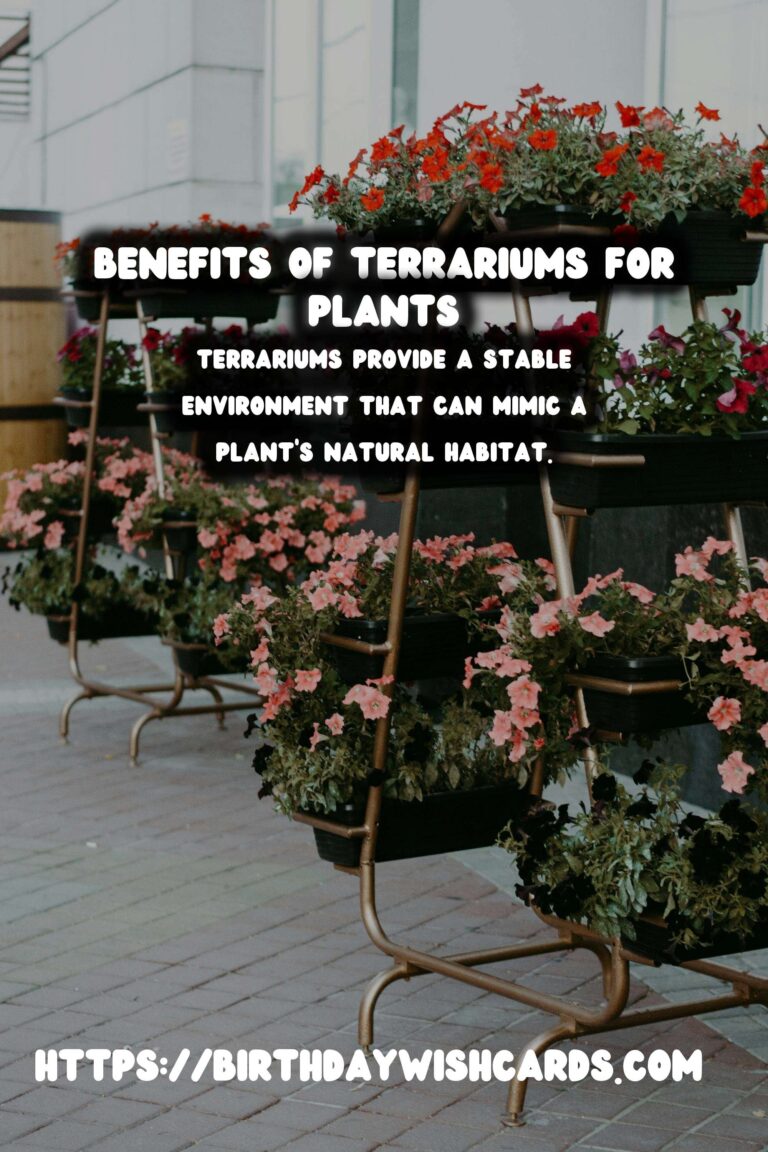
Plants are fascinating organisms that require various factors to thrive. One of the essential elements for plant growth is humidity. Understanding plant humidity can significantly influence the health and vitality of your indoor garden. Among the myriad ways to manage humidity, terrariums stand out as an effective and aesthetically pleasing solution.
What is Plant Humidity?
Plant humidity refers to the amount of moisture in the air surrounding plants. Different plants have varying humidity requirements, and meeting these needs is crucial for their growth and survival. Tropical plants, for example, thrive in high humidity environments, while succulents prefer drier conditions.
The importance of humidity lies in its role in plant transpiration. This process involves the movement of water through a plant and its evaporation from leaves, stems, and flowers. Proper humidity levels ensure efficient transpiration, supporting nutrient uptake and overall plant health.
How Terrariums Help Regulate Humidity
Terrariums are enclosed environments that create a microclimate ideal for many plant species. They are typically made of glass or plastic and can be open or closed, depending on the plants’ needs. Terrariums help regulate humidity in several ways:
- Moisture Retention: The enclosed space minimizes air exchange with the outside, retaining moisture and maintaining a consistent humidity level.
- Evaporation Reduction: Water evaporating from the soil and plant surfaces is trapped within the terrarium, keeping the environment humid.
- Condensation Cycle: In closed terrariums, water vapor condenses on the walls and drips back into the soil, continuously recycling moisture.
Benefits of Using Terrariums for Plants
There are several benefits to using terrariums for managing plant humidity:
- Consistent Environment: Terrariums provide a stable environment that can mimic a plant’s natural habitat, promoting healthy growth.
- Reduced Watering Needs: Due to the moisture-retentive properties of terrariums, plants require less frequent watering.
- Space-Saving: Terrariums can house multiple plants in a compact space, making them ideal for small living areas.
- Decorative Appeal: Terrariums add an aesthetic element to indoor spaces, serving as both a plant care solution and a decorative piece.
Choosing the Right Plants for Your Terrarium
When selecting plants for a terrarium, it’s essential to consider their humidity requirements and growth habits. Some popular terrarium plants include:
- Ferns: These plants thrive in high humidity and indirect light, making them perfect for closed terrariums.
- Mosses: Known for their moisture-loving nature, mosses add a lush, green appearance to terrariums.
- Orchids: Miniature orchids can be an exotic addition to a terrarium, provided they receive adequate light.
- Succulents: Best suited for open terrariums, succulents require less humidity and more airflow.
Maintaining Your Terrarium
Once your terrarium is set up, maintaining it is relatively straightforward. Here are some tips to keep your terrarium in optimal condition:
- Monitor Humidity Levels: Regularly check the humidity inside the terrarium and adjust by misting or airing out as needed.
- Prune Plants: Trim overgrown plants to prevent overcrowding and ensure adequate airflow.
- Clean Glass: Keep the glass clean to allow light penetration and prevent algae growth.
- Check for Pests: Inspect plants regularly for pests and take action promptly if any are found.
Conclusion
Understanding and managing plant humidity is vital for the successful cultivation of indoor plants. Terrariums offer a practical and visually appealing solution for maintaining the appropriate humidity levels. By choosing the right plants and providing proper care, you can create a thriving indoor garden that enhances your living space.
Understanding plant humidity can significantly influence the health and vitality of your indoor garden. Terrariums are enclosed environments that create a microclimate ideal for many plant species. The enclosed space of a terrarium minimizes air exchange with the outside, retaining moisture. Terrariums provide a stable environment that can mimic a plant’s natural habitat. Selecting the right plants for a terrarium is essential to meet their humidity requirements. 
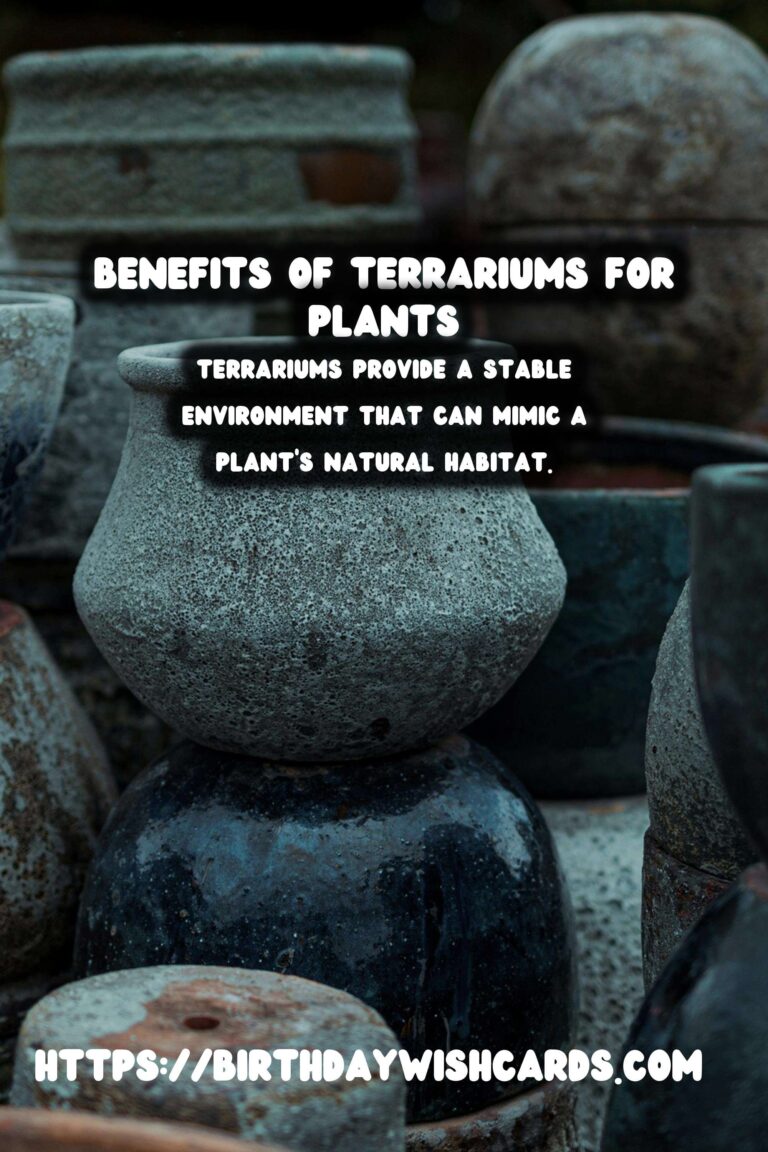
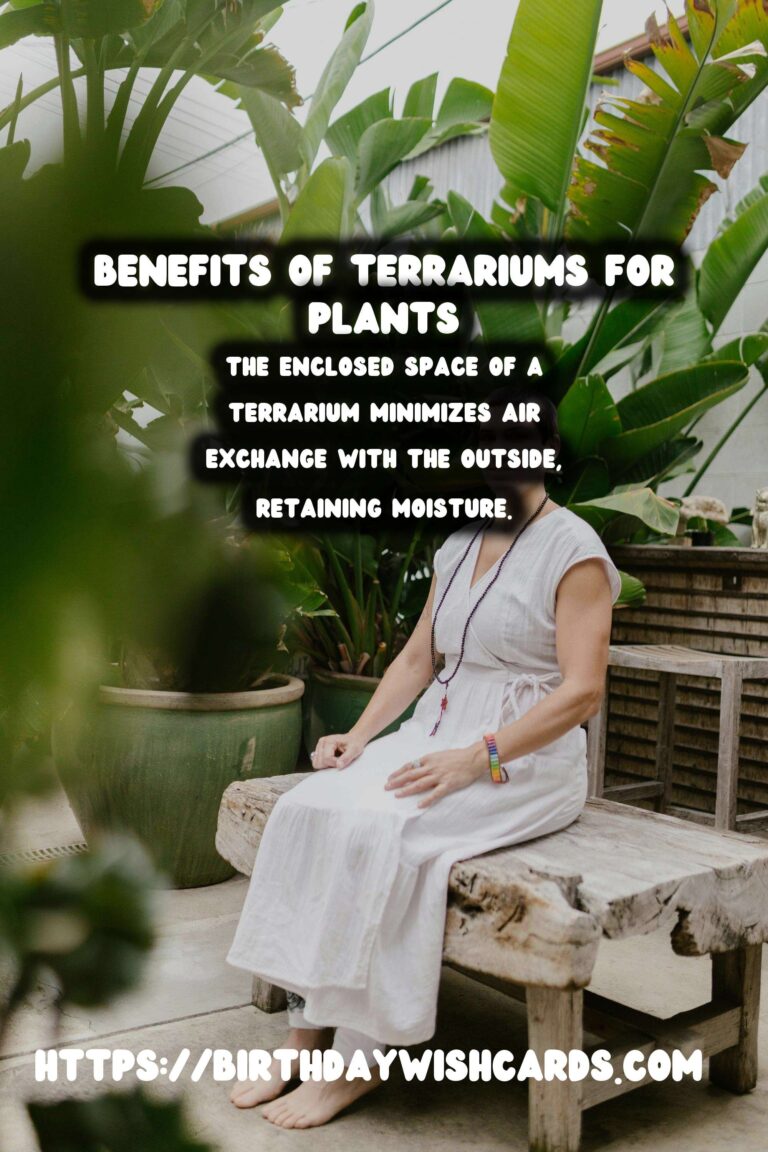
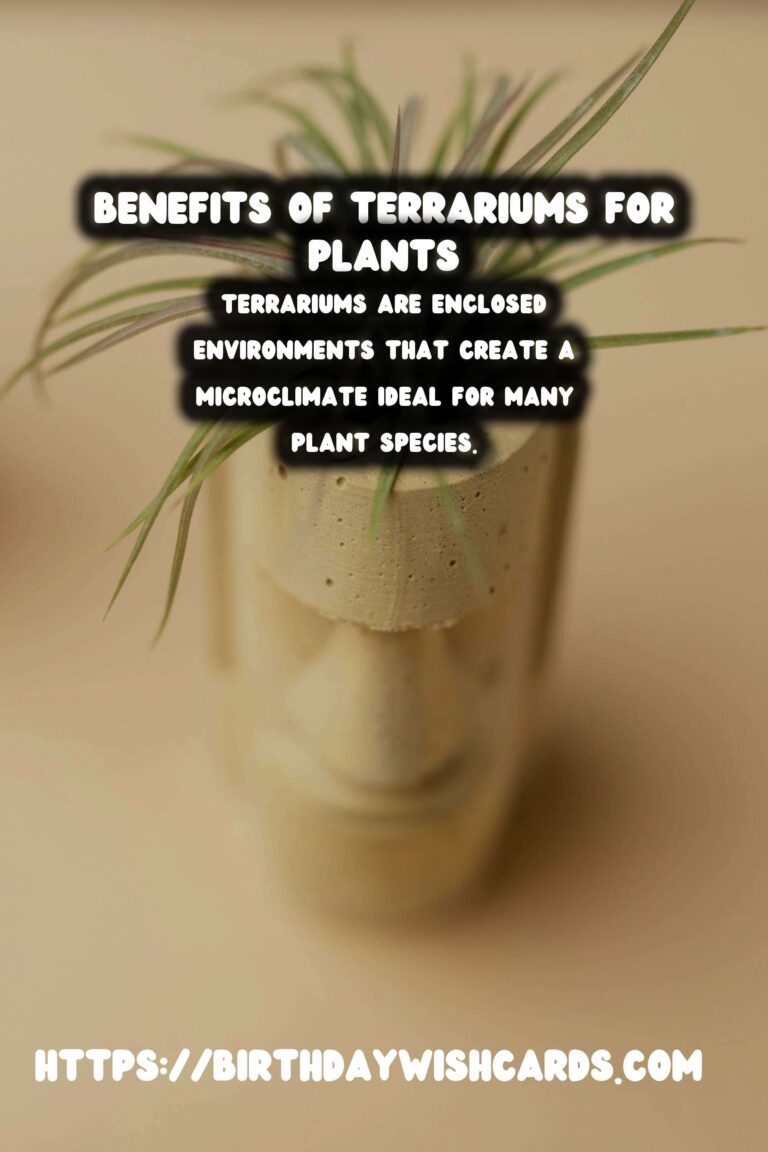
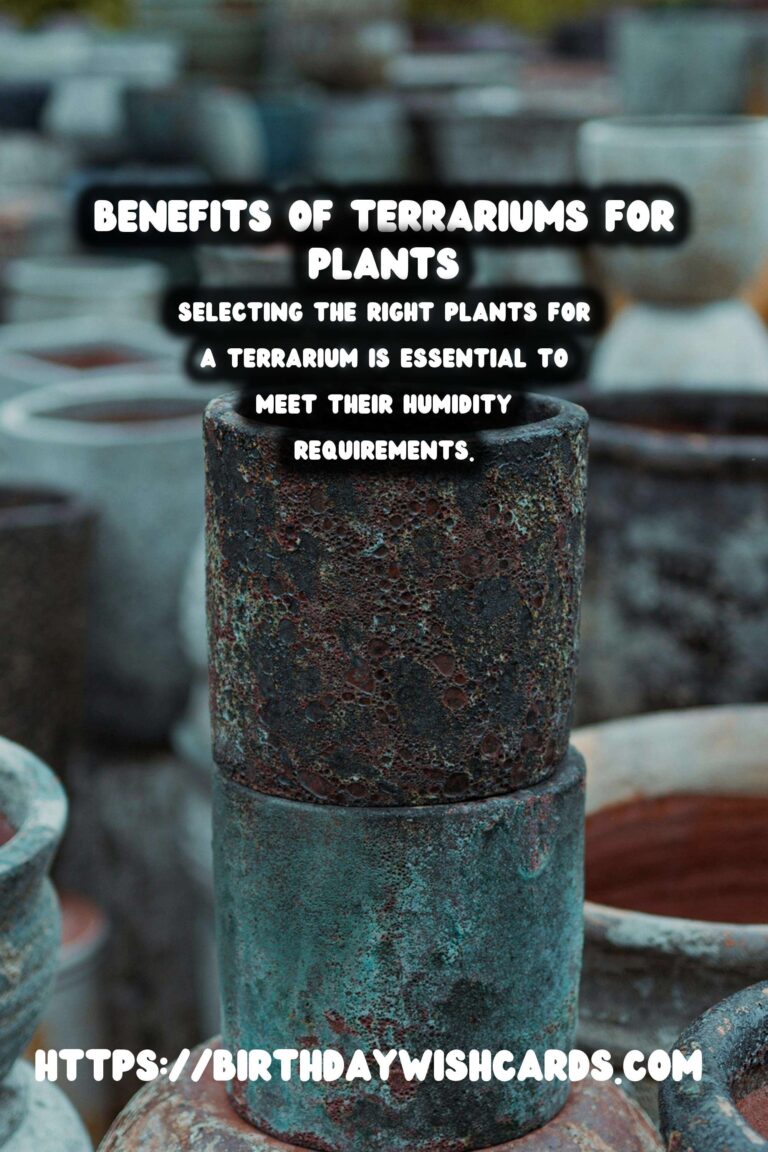
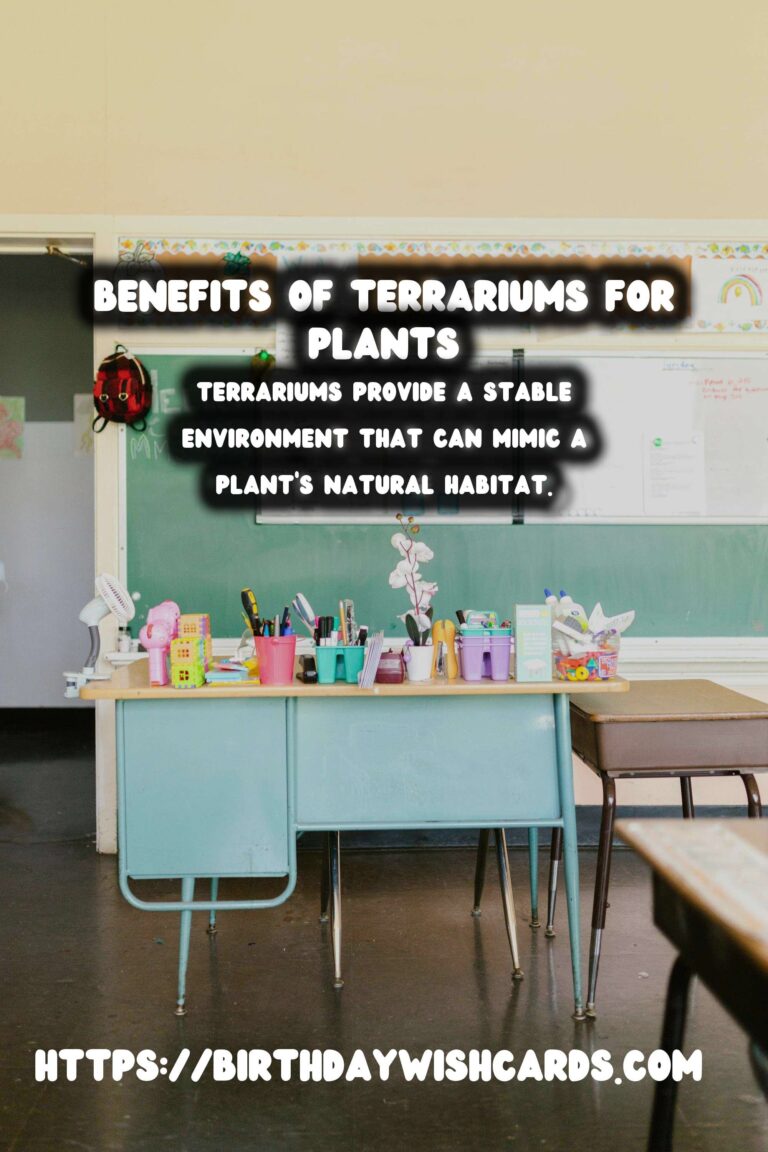
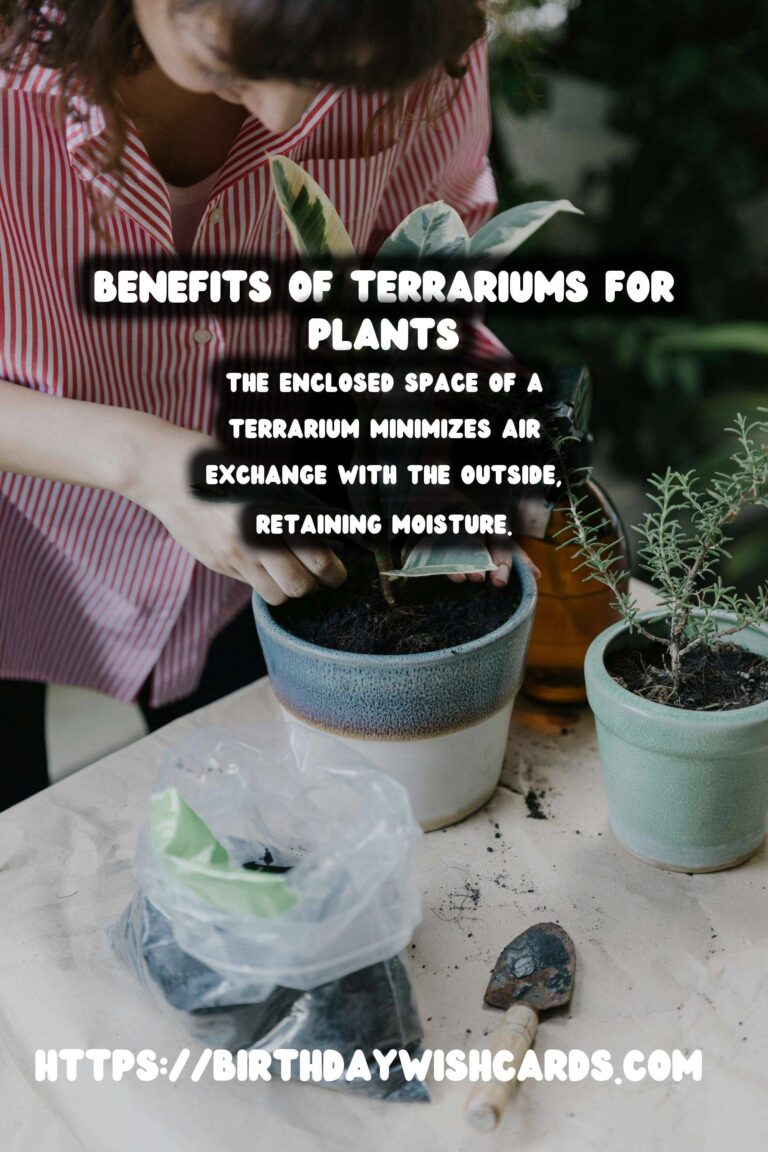
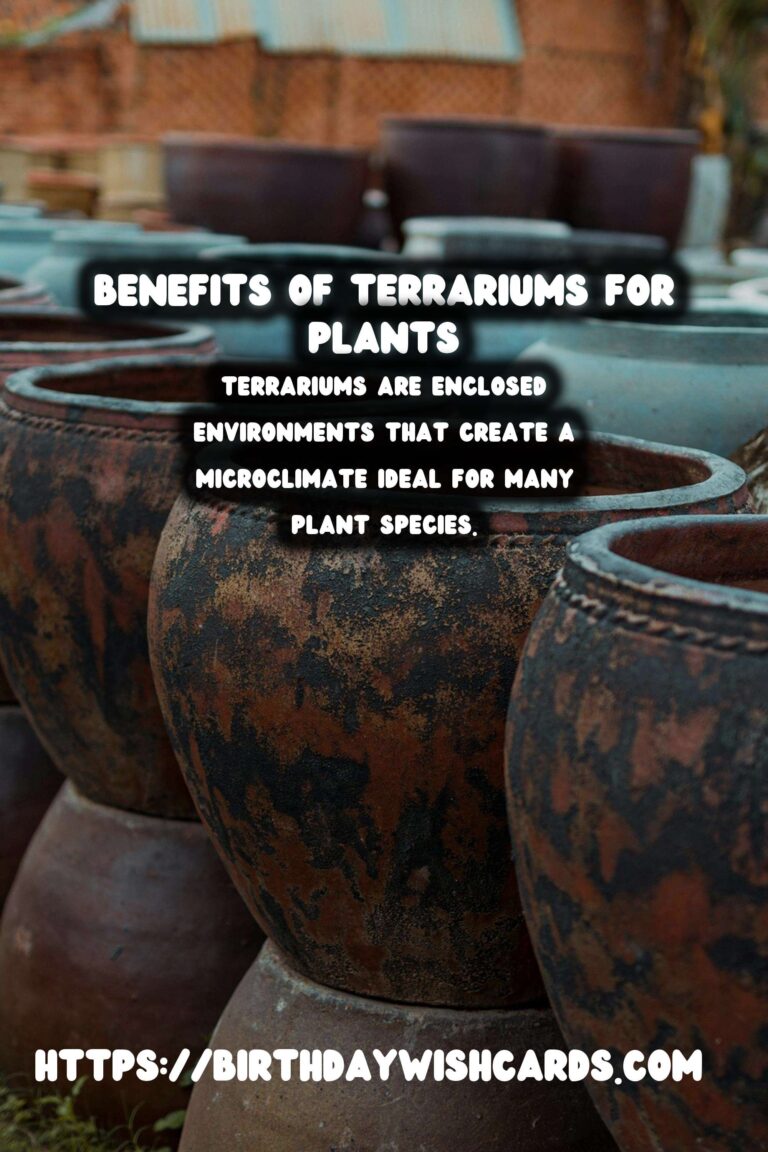
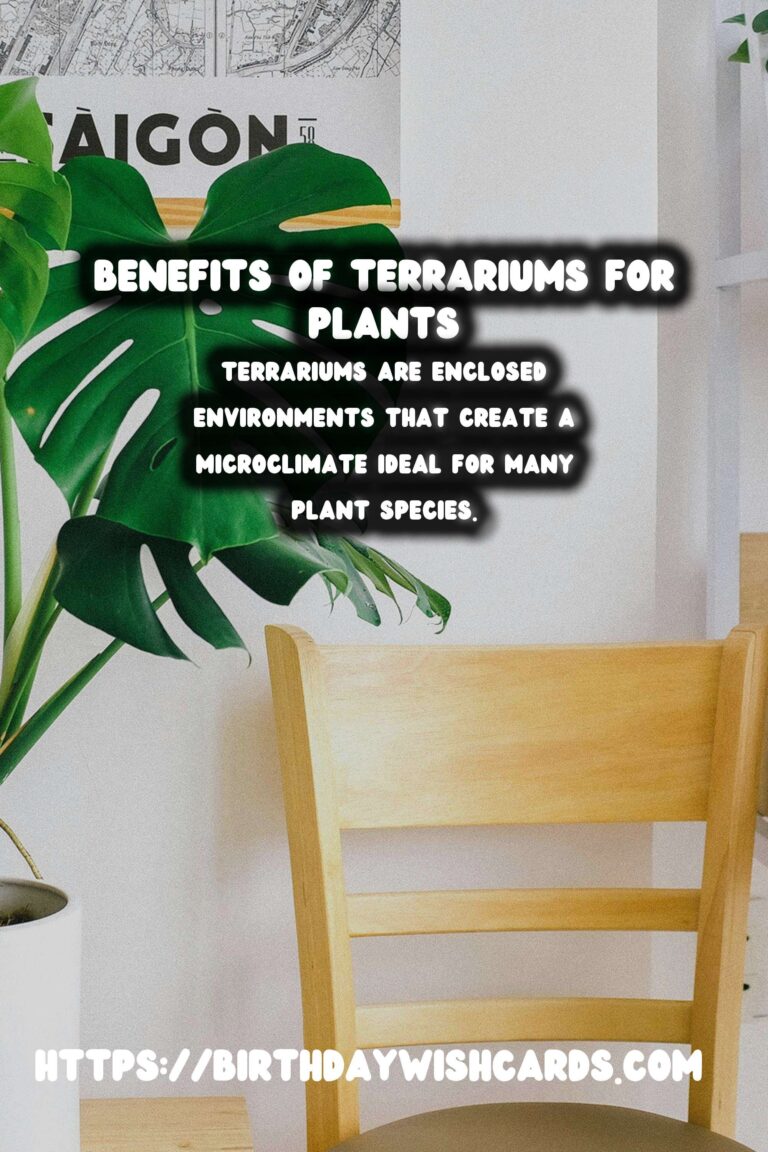
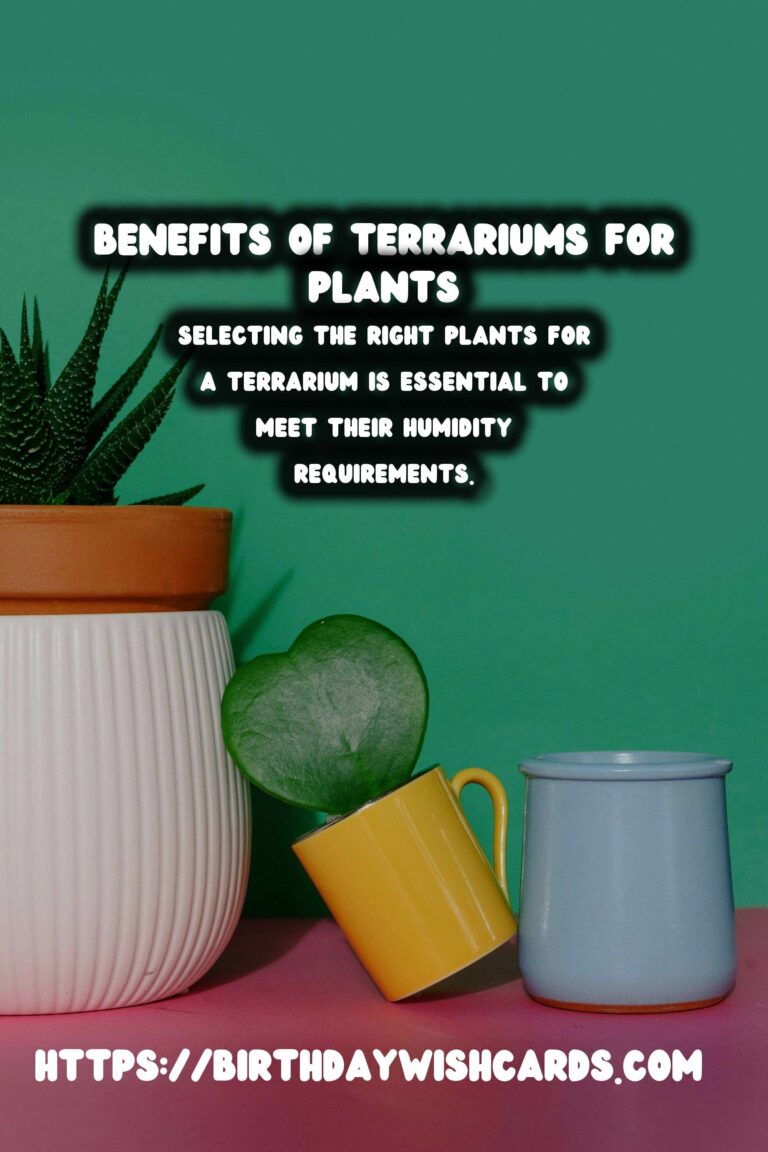
#PlantCare #Terrariums #IndoorGardening #Humidity #HomeDecor




